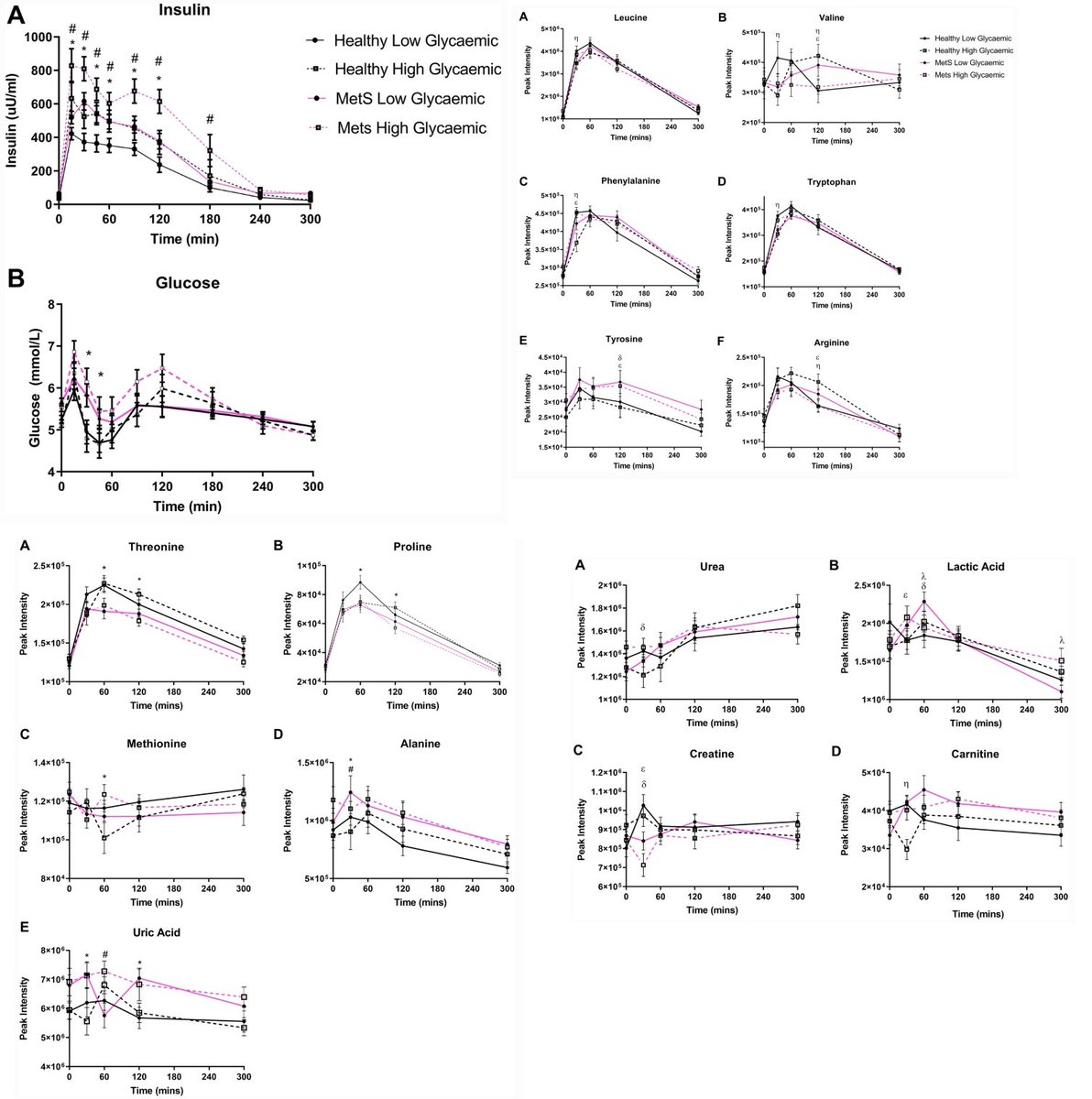Here, high intakes of sugar sweetened beverages were associated with higher all cause mortality, cardiovascular disease incidence and mortality, while intakes of coffee, tea, water and low fat milk were inversely associated with all cause mortality in adults with type 2 diabetes. 

- This study prospectively investigated individual beverage consumption after a diagnosis of type 2 diabetes mellitus, as well as changes in individual beverage consumption before and after the diagnosis, in relation to subsequent risk of cardiovascular disease and mortality...
...among adults with type 2 diabetes participating in the Nurses’ Health Study and Health Professionals Follow-Up Study in the United States.
- In these two prospective cohorts of men and women with type 2 diabetes in the United States, higher sugar sweetened beverages intake were associated with higher all cause mortality and cardiovascular disease incidence...
...whereas intakes of coffee, low fat milk, and plain water were inversely associated with cardiovascular disease incidence and mortality.
- In addition, greater increase in coffee consumption from before to after a diabetes diagnosis was associated with lower mortality.
- In estimating the associations of substituting beverages for each other, replacing sugar sweetened beverages with artificially sweetened beverages was associated with lower all cause and cardiovascular disease mortality.
In addition, replacing sugar sweetened beverages or artificially sweetened beverages with coffee, tea, low fat milk or plain water was associated with lower all cause mortality and cardiovascular disease mortality.
Beverage consumption and mortality among adults with type 2 diabetes: prospective cohort study (open access)
doi.org/10.1136/bmj-20…
#nutrition #diet #Diabetes #MetabolicSyndrome
doi.org/10.1136/bmj-20…
#nutrition #diet #Diabetes #MetabolicSyndrome
• • •
Missing some Tweet in this thread? You can try to
force a refresh

 Read on Twitter
Read on Twitter








